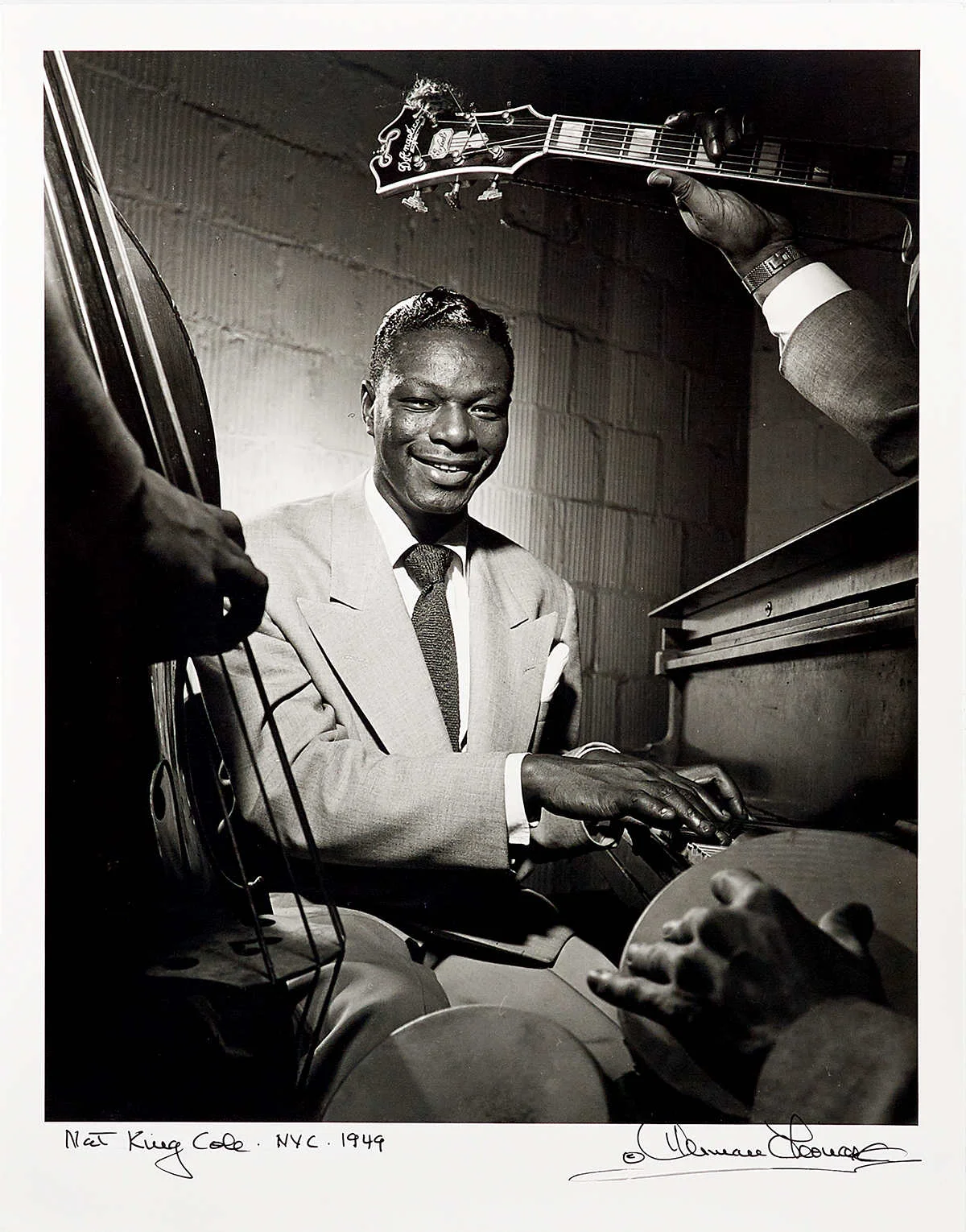One Giant Leap For Mankind
LiveAuctionTalk.com
Photo courtesy of Christie’s.
“You’re it.”
Finally all that stood between Buzz Aldrin and walking on the moon was months of intense training. He was accepted into the NASA astronaut program after several rejections.
The biggest day in NASA’S history and the astronaut’s lives would ultimately follow.
“Intellectually, one could realize that there were wars underway on Earth. But emotionally it was impossible to understand. In space it was one beautiful wash of colors. From a distance the planet and its people were all one.”
Aldrin and Neil Armstrong would land on and explore the lunar surface of the moon on Apollo 11. Mike Collins would orbit overhead in the command module. On July 16, 1969, the three astronauts suited up.
The Apollo capsule was tiny and the men couldn’t move around much. At 9:32 AM the spacecraft lifted off on schedule from Kennedy Space Center on Merritt Island, Florida. All 36 stories and 3,000 tons of rocket climbed into the sky atop a pillar of fire toward an undiscovered world. Only 11 minutes after takeoff the men were weightless and orbiting earth.
“Intellectually, one could realize that there were wars underway on Earth,” Aldrin said. “But emotionally it was impossible to understand. In space it was one beautiful wash of colors. From a distance the planet and its people were all one.”
On July 20, Aldrin and Armstrong stepped down from the short ladder of their spacecraft onto the pockmarked surface of what looked like an endless sandlot. They were the first humans to set foot on the moon.
“That’s one small step for a man,” Armstrong said. “One giant leap for mankind.”
The sky above them was completely black, darker than any night on earth and the sun’s bright gaze saturated the dark world. It was like floodlights on a baseball diamond in the middle of the desert.
A billion people around the world watched and waited. For one brief moment the astronaut’s single steps united humanity.
The blue earth stood in the sky almost directly overhead of the men and was described as being smaller than a golf ball held at arm’s length.
“It (the moon) has a stark beauty all its own,” Armstrong said.
After dozens of experiments the precious 2 hours and 21 minutes on the moon were over. Before the two men climbed back into their lunar module they removed a section of gold foil on the landing leg and revealed a plaque. The tablet carried a picture of the entire world.
“Here,” it read, “men from planet Earth first set foot on the Moon, July 1969 A.D. We came in peace for all mankind.”
It was the fulfillment of a dream, a victory for the whole planet.
Neil Armstrong took the famous photograph of Aldrin on the moon. It’s one of the best photos from the entire Apollo program and the one that captures the extraordinary achievement of Apollo 11. Armstrong’s photos are the best single collection ever brought back from the moon.
A ticker tape parade was held in New York City for the crew on Aug. 13, 1969, said to be the largest ticker tape parade in New York’s history.
On July 18, 2019, Christie’s offered its One Giant Leap: Celebrating Space Exploration 50 years after Apollo 11 sale.
Here are some current values.
Apollo 11
Photograph; Apollo 11 crew; signed and inscribed; color; 1969; 8 inches by 10 inches; $2,750.
Photograph; Buzz Aldrin; signed and inscribed; color; 1969; 16 inches by 20 inches; $13,750.
Flight Plan; final edition; used by flight controllers and support personnel; includes section on flying to the Moon and returning to Earth; signed and inscribed by Buzz Aldrin; 1969; 8 inches by 10 ½ inches; $40,000.
Flight Plan; flown on Apollo 11; containing notes by all three astronauts; signed and inscribed by Aldrin; two pages; single sheet; 1969; 8 inches by 10 ½ inches; $62,500.






